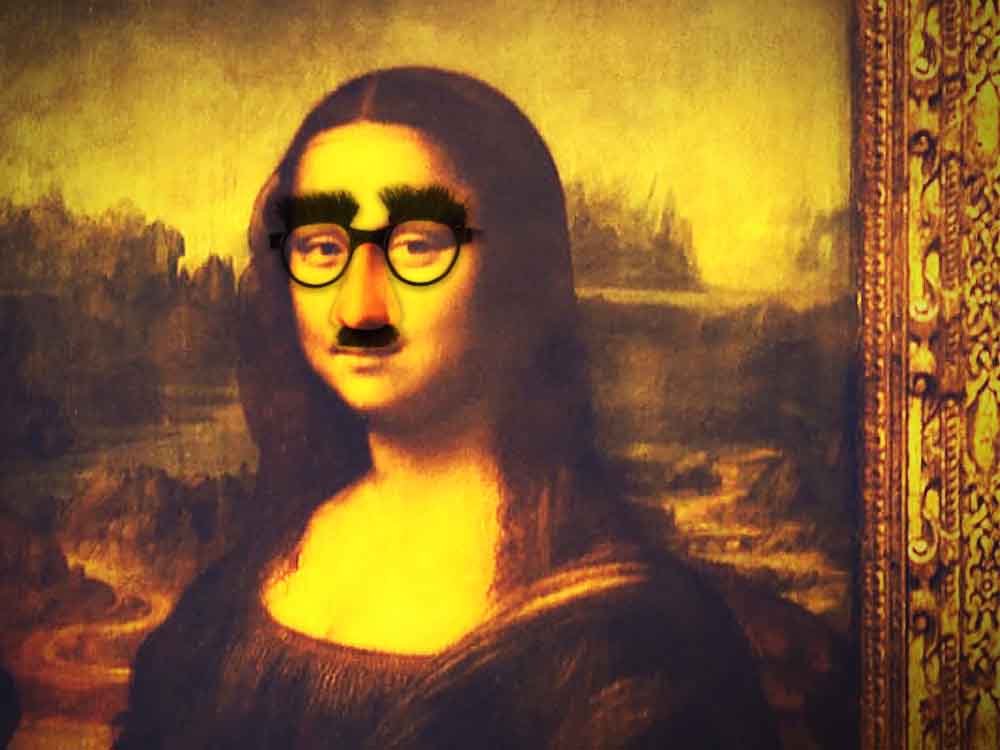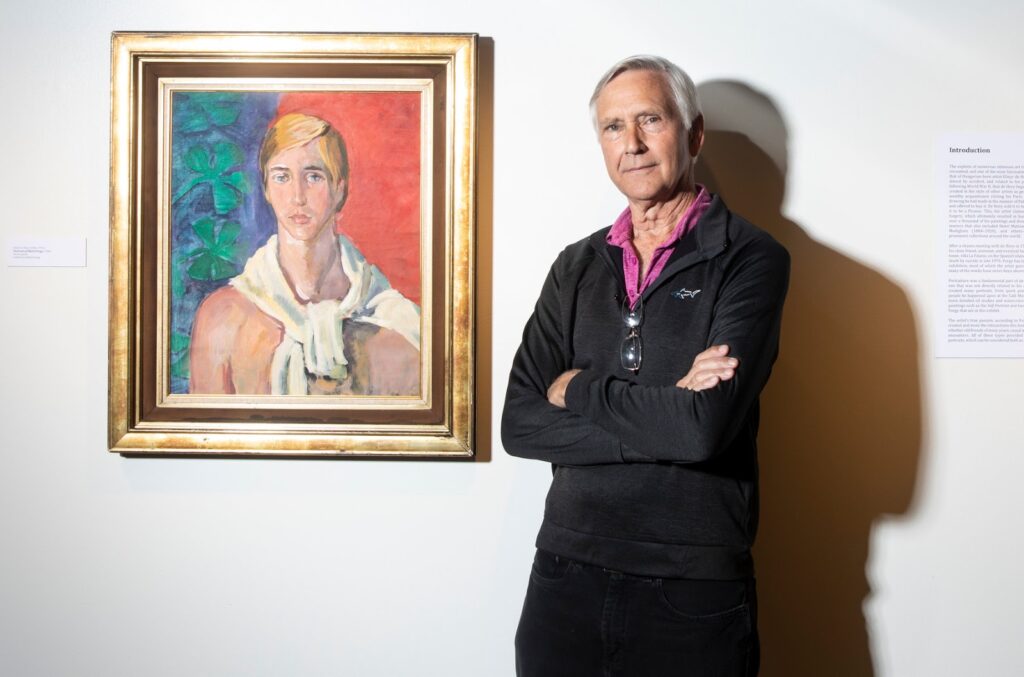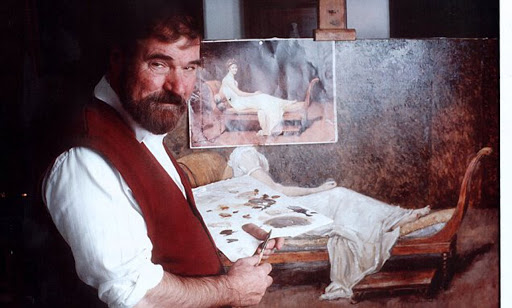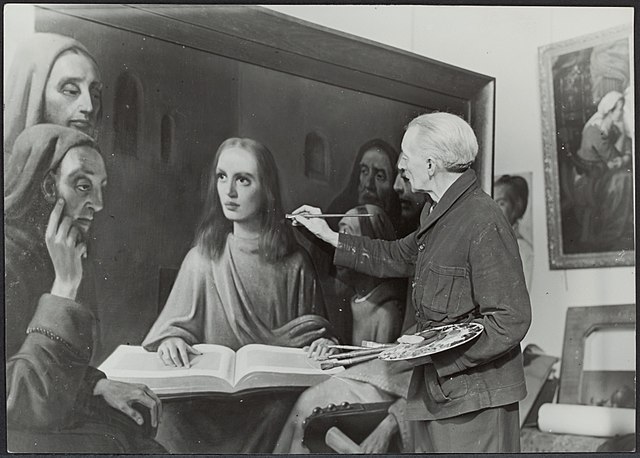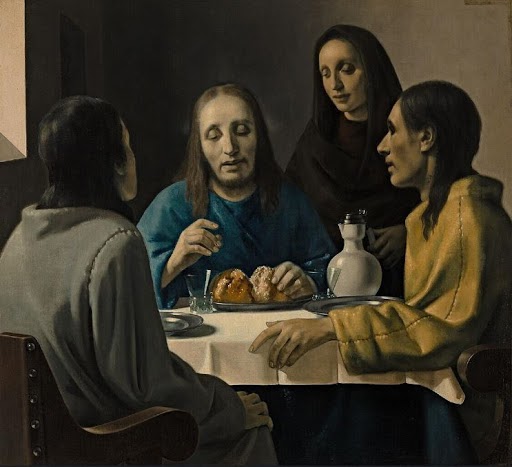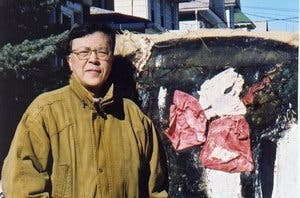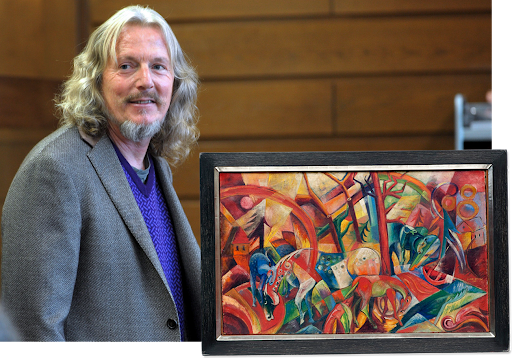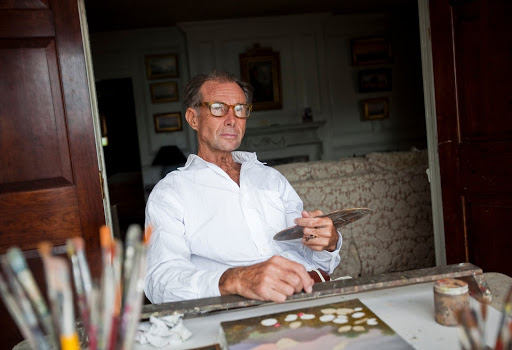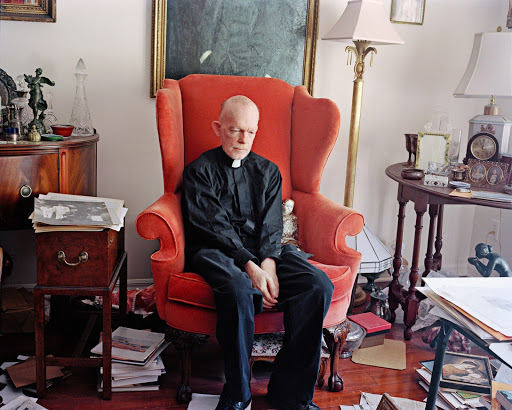Pablo Picasso once said, “Good artists copy, great artists steal.” — So, should forgery be considered art? Art forgery isn’t anything new. Art intrinsically has value in some way or another. Consequently, people have been fabricating and making exact copies of original works by great artists to exploit this opportunity.
“Good artists copy, great artists steal.”
— Pablo Picasso
Whether it’s for monetary gain or just for the thrill of it all, the ability to mimic famous artists’ works to the point where no one can really tell the difference, is a talent in itself. In celebration of April Fools’ Day, we’re taking a look at some of the most famous forgers of all time. Some of these forgers can give even the greatest of artists a run for their money and make gallery experts question their abilities to authenticate originals.
1. Elmyr de Hory
De Hory is perhaps one of the most notorious forgers in history. In fact, his work is so famous that it inspired a film called ‘F is For Fake’ which talks about the greatest art forgeries of all time. Not only did Elmyr de Hory sell fake art, but he also created a fake persona about himself so no one really knew who he was or where he came from. His copies were so great that they were featured in several artbooks of his time. During his lifetime, Elmyr de Hory made over 1,000 forged pieces, perfectly copying the styles of artists like Picasso and Matisse and selling them off for huge amounts of money. Over time he attracted the attention of the FBI and Interpol. Eventually, de Hory committed suicide while under investigation for fraud in 1976. Putting an end to this story.
2. Eric Hebborn
Eric Hebborn started forgery as an act of rebellion against the state. He started working as a restorer and discovered his talent for copying the styles of many great artists which is when he started taking forgery seriously and created fresh new works from ages-old paintings. He went so far as to open a gallery to start selling his creations and passing them off as original. Hebborn was such a genius that after he was caught, he wrote a book to cash in on his reputation as a con artist, talking about how so many art experts accepted forgeries for their own economic benefits.
3. Han Van Meegren
Henricus Antonius “Han” Van Meegeren was not only a great forger, but his work was good enough to pass through the eyes of Nazi’s without any suspicion. The interesting thing about Han Van Meegren is that he started forging other artists’ works after people started criticizing his work for being derivative. He planned to wait until his paintings attracted critical acclaim, and then he would reveal their true origins, exacting revenge on those who ever doubted his talents. However, the money he started earning with his copied pieces changed his mind and he never ended up admitting to his forgeries.
Van Meegren ended up being arrested in his hometown of Rijswijk after he sold one of his Vermeer copies to the Nazis. Because his work was so good, no one knew that the painting was actually just a copy. He was charged with treason and selling Dutch cultural property to the Nazis. In his defense, the forger painted one final fake during the trial to prove his skill. The treason charges were dropped, but he was convicted of forgery and died in prison in 1947. There are 18 known Van Meegeren forgeries, which earned him tens of millions of dollars in today’s currency.
4. Pei-Shen Qian
Pei-Shen emerged as one of China’s biggest forgers who first began as an artist in the 70s when he used to produce original work that was deemed too decadent by art critics. As a result, he started copying famous early Post-Impressionist paintings by Matisse and André Derain. This immigrant from China is suspected of having fooled the art world by creating dozens of works that were modeled after America’s Modernist masters and were later sold as their handiwork for more than $80 million. You can view Qian’s involvement in one of the largest art fraud cases in American history in the recent documentary titled “Made You Look: A True Story About Fake Art” (2020).
5. Wolfgang Beltracchi
Wolfgang Beltracchi has remained the most financially successful forger in art history. He copied artists like Max Ernst, Fernand Leger, Max Pechstein, and many more for the longest time without ever being noticed. It’s estimated that Beltracchi has forged about 1,000 to 1,300 paintings in his lifetime, with the artist himself saying that he has lost count of the pieces that he has copied.
Beltracchi was finally caught by the authorities in 2010 and was sentenced to six years in prison, after which he promised that he would never indulge in forgery ever again and he has kept this promise to this date. However, that didn’t stop him from being named the ‘forger of the century’, with his forgeries even having appeared on the cover of a Christie’s auction catalog. Hundreds of his works are still in circulation to this day, which just goes to show his ability and popularity. “Beltracchi: The Art of Forgery” (2014) documents the almost 40 years of forging and selling of paintings by Beltracci, in the style of early 20th-century masters.
6. Ken Perenyi
Ken Perenyi is one of the greatest living forgers of current times. He usually copies 18th and 19th century British and American paintings which sell for millions of dollars. In fact, his work is so good that the FBI actually had to perform chemical analysis on the pieces that he sold to make sure that they really were forgeries. Lucky for Perenyi, the investigation was closed five years later and he was free to continue making money by copying some of the most famous works in history. According to the forger himself, he believes the artists that he copies would be happy to see their work being appreciated and understood this way. The forger now has a successful business where anyone can walk in and buy one of his master-copies.
7. Mark Augustus
For most artists, the whole point of forgery is to make money, right? But Mark Augustus is a forger who refuses to accept a single penny for his copied work. Augustus is notorious for donning different disguises and asking museums to accept his pieces as donations, which means that he really isn’t violating any law by sharing his art with the world.
This has — to this date — been the longest-running and most bizarre case of art forgery the world has ever seen. He has impeccably copied artists like John Hancock, Picasso, and Robert Henri. He then has given away his works to museums without ever asking for anything in return.
It has been speculated that Landis suffered some psychological breakdown in his youth and most likely is schizophrenic. Clearly, this episode hasn’t affected any of his artistic abilities. The 2014 film “Art and Craft” documents Augustus’ exceptionally strange story from start to finish.
Looking to explore more art genres? Head over to Joe Latimer.com for a multidisciplinary, visually stunning experience. ☮️❤️🎨
Enjoy this blog? Please help spread the word via:


